Vietnam is one of the countries most affected by US President Donald Trump's tax policy, in a speech on April 2 (3 a.m. April 3, Vietnam time).
For the US, Vietnam is the third largest trade surplus country. Moreover, in the eyes of the US, Vietnam is a transit country for industrial goods exported from China because Vietnam's industrial exports have a very high import content of primary products, components and many other intermediate products from China. In addition, since the US has had a policy of imposing taxes and restraining China (since 2018), China's foreign direct investment (FDI) to Vietnam has increased.
US President Donald Trump's tax policy affects Vietnam
PHOTO: LQP
After President Donald Trump announced a 46% tax on imports from Vietnam, an atmosphere of uncertainty prevailed, with stock prices (VN-Index) falling 8% by the end of April 4 compared to the previous two days. The phone call between General Secretary To Lam and President Donald Trump on the evening of April 4 was a smart and timely strategic move, opening up the possibility of negotiations with the US to avoid major impacts from this event.
However, even if it avoids temporary impacts, Vietnam should take this opportunity to immediately change its industrialization strategy of processing and assembly, which results in low labor productivity and an unstable foreign trade structure.
For many years now, I have used the concept of the Pacific Trade Triangle to visualize the nature of Vietnam's foreign trade structure and to propose policies to change this nature. Over the past years, as industrialization has progressed and industrial exports have increased rapidly, Vietnam has become increasingly dependent on imports of components, primary products and other intermediate products from China and South Korea.
After assembling and processing imported intermediate products, Vietnam exports final products, of which the US market accounts for a large proportion. The US accounts for about 30% of Vietnam's total exports, if only counting consumer goods, the US accounts for about 40%. In particular, Vietnam's trade surplus with the US is very large (83 billion USD in 2023), but the trade deficit with China (50 billion) and South Korea (30 billion) is also large, the total trade deficit from these two countries is approximately equal to the trade surplus with the US.
I call the above trade structure the Pacific Trade Triangle, of which Vietnam is one corner, China and South Korea are the second, and the other corner of the Pacific is the US. I have written about this issue in Vietnamese newspapers over the past few years (most recently in the Spring 2025 issue of Thanh Nien).
This structure shows the nature of industrialization today and this structure is unstable. The instability is clear from the US perspective. Industrialization depends heavily on imports from two countries and is also unstable when there are changes within the exporting country. But the deeper and more important factor is the assembly and processing nature of industrialization.
Vietnam's exports to the US account for a large proportion
PHOTO: LQP
Change industrialization strategy immediately
The reason for the above situation is that Vietnam lacks an industrial policy that goes along with a policy to attract foreign direct investment (FDI). Vietnam only cares about improving the investment environment to attract FDI, so FDI flows in spontaneously. It should have developed supporting industries so that domestic enterprises can link with FDI to form a solid industrial structure that goes into depth and technology can be easily transferred from FDI to domestic enterprises.
Unfortunately, we do not have such policies so far. State-owned enterprises have easy access to capital and land for investment, but are not interested in supporting industries. The same goes for corporations and large private enterprises. These two types of enterprises are mainly interested in real estate, services or heavy industry. Meanwhile, small and medium-sized enterprises have difficulty accessing capital and land for investment, and are always faced with complicated administrative procedures.
More than 20 years ago, I saw the problem and wrote in the newspaper as well as made direct recommendations to the Prime Minister. In the book East Asian Economic Fluctuations and the Path to Vietnam's Industrialization (National Political Publishing House, 2005), I devoted a chapter to analyzing the role of supporting industries, considering this a strategic breakthrough that the state needs to pay attention to in order to promote in-depth industrialization.
In the past 8-9 years, I have continued to make recommendations to the government on this issue. Especially since the new wave of FDI moving from China after the US-China economic war began, I have recommended that we should avoid the spontaneous flow of FDI into Vietnam, but rather actively orient and select only projects that help deepen and shift the industrial structure upward.
Unfortunately, the state apparatus has not moved positively so far. With the vision and determination of the current leadership, in which the role of private enterprises is emphasized, it is hoped that the situation will change in the coming time. In addition, Vietnam should gradually diversify its export markets, avoiding focusing on the US.
Most exports should be directed to markets where Vietnam has signed free trade agreements such as the Regional Comprehensive Economic Partnership (RCEP), the Comprehensive and Progressive Agreement for Trans-Pacific Partnership (CPTPP), the Indo-Pacific Prosperity Framework (IPEF), and the EU-Vietnam Free Trade Agreement.
Trump's tariff shock could be an opportunity for Vietnam to accelerate industrialization in a modern direction.
Thanhnien.vn
Source: https://thanhnien.vn/cu-soc-thue-quan-cua-my-va-tam-giac-thai-binh-duong-cua-viet-nam-185250406140352505.htm



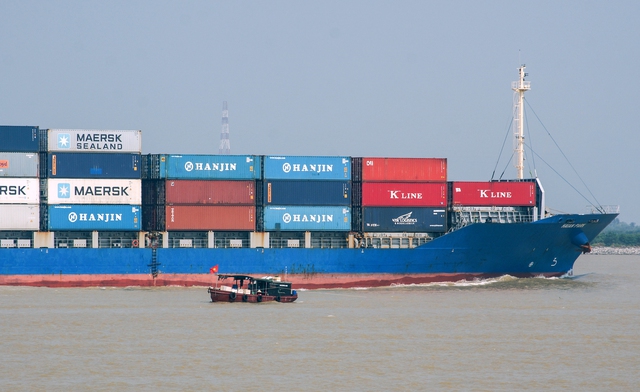



![[Photo] Prime Minister Pham Minh Chinh chairs conference on anti-smuggling, trade fraud, and counterfeit goods](https://vphoto.vietnam.vn/thumb/1200x675/vietnam/resource/IMAGE/2025/5/14/6cd67667e99e4248b7d4f587fd21e37c)

















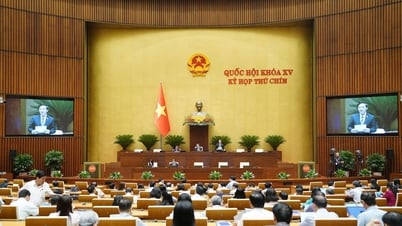







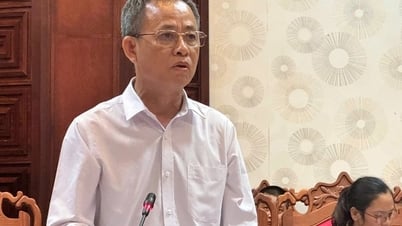




































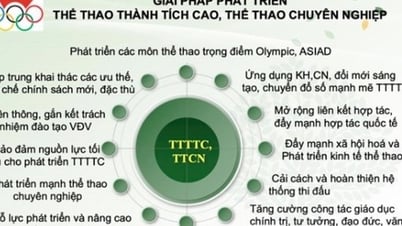



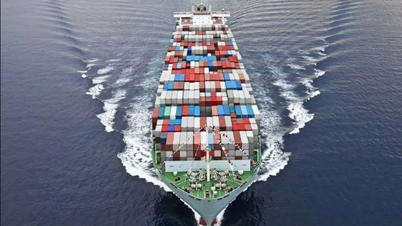

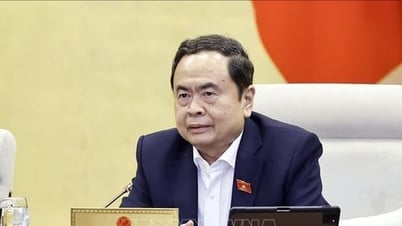





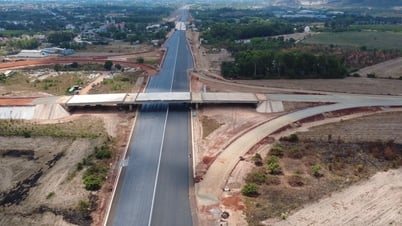

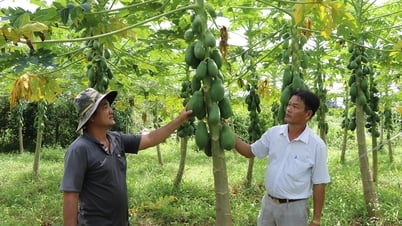









Comment (0)